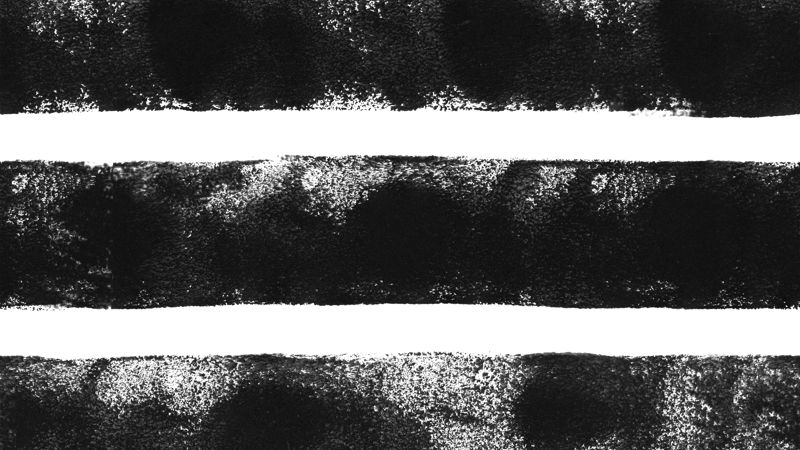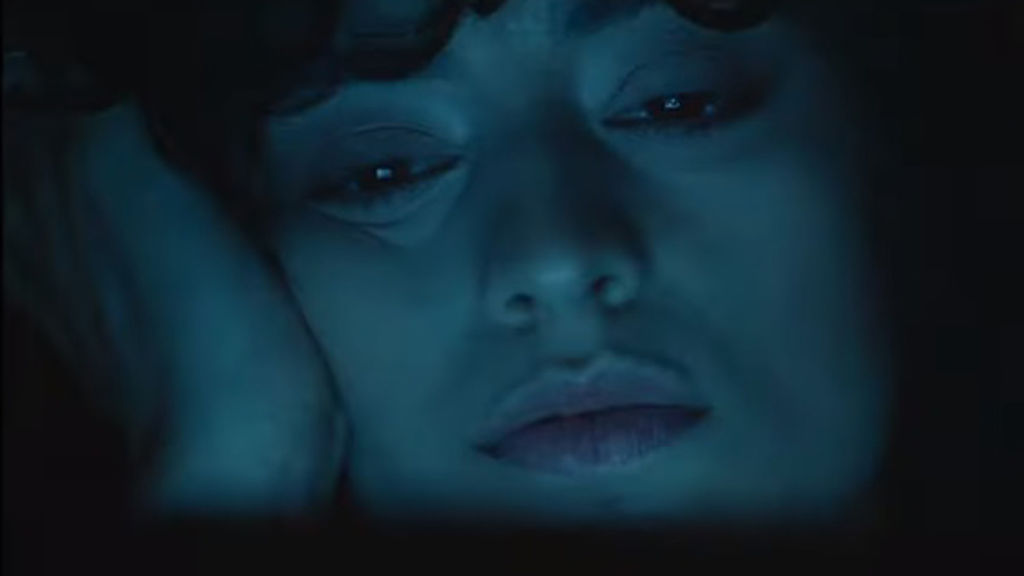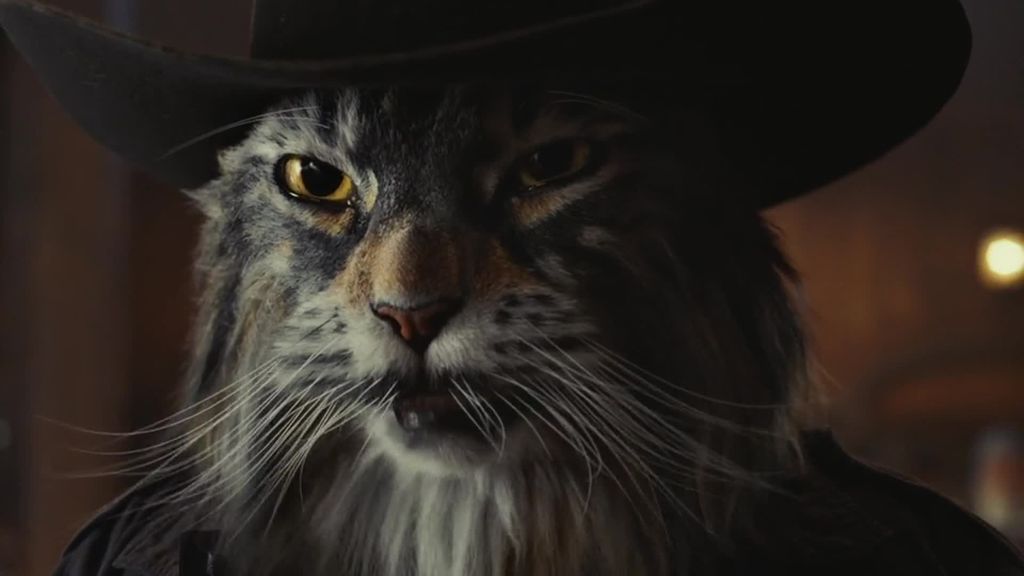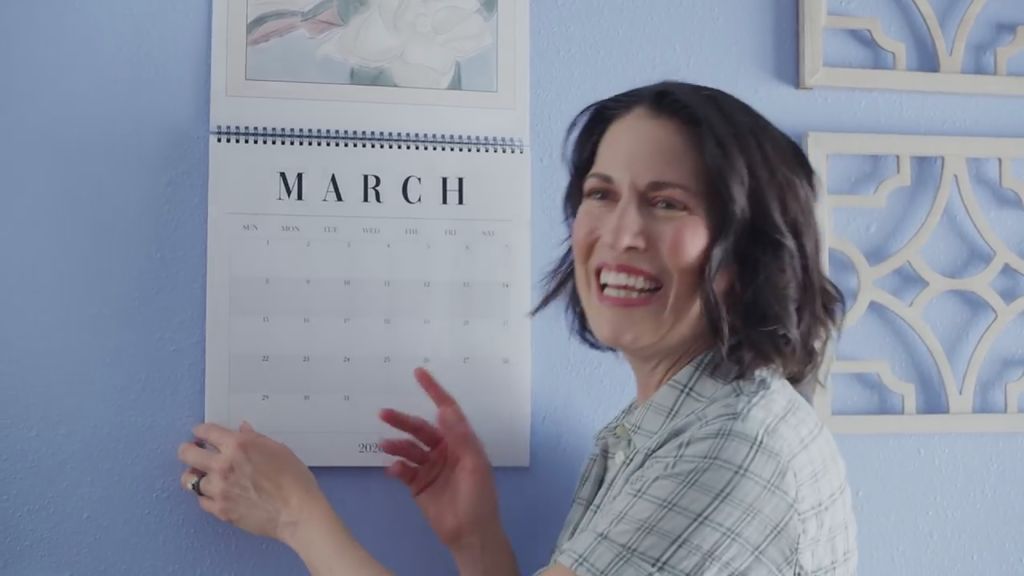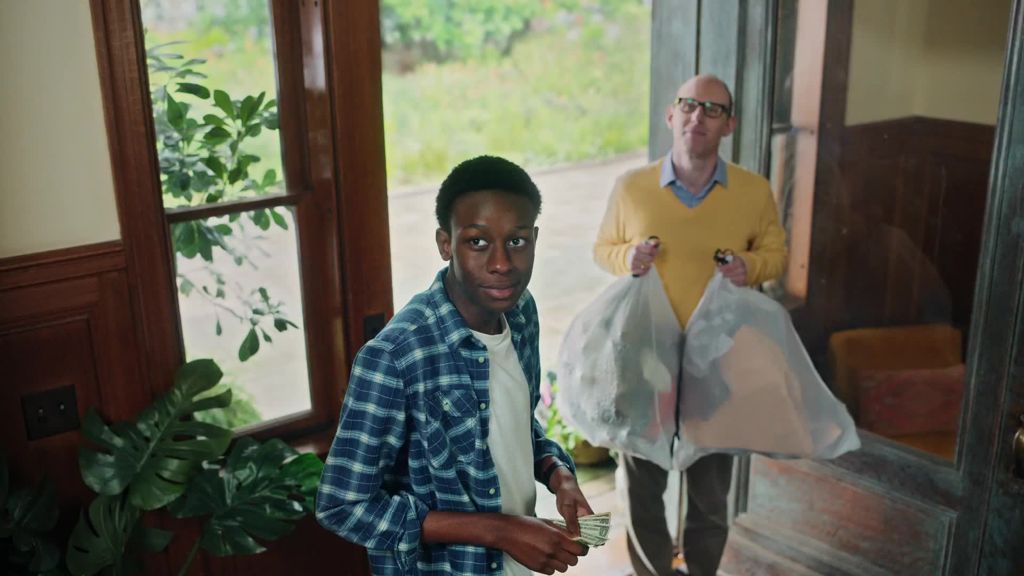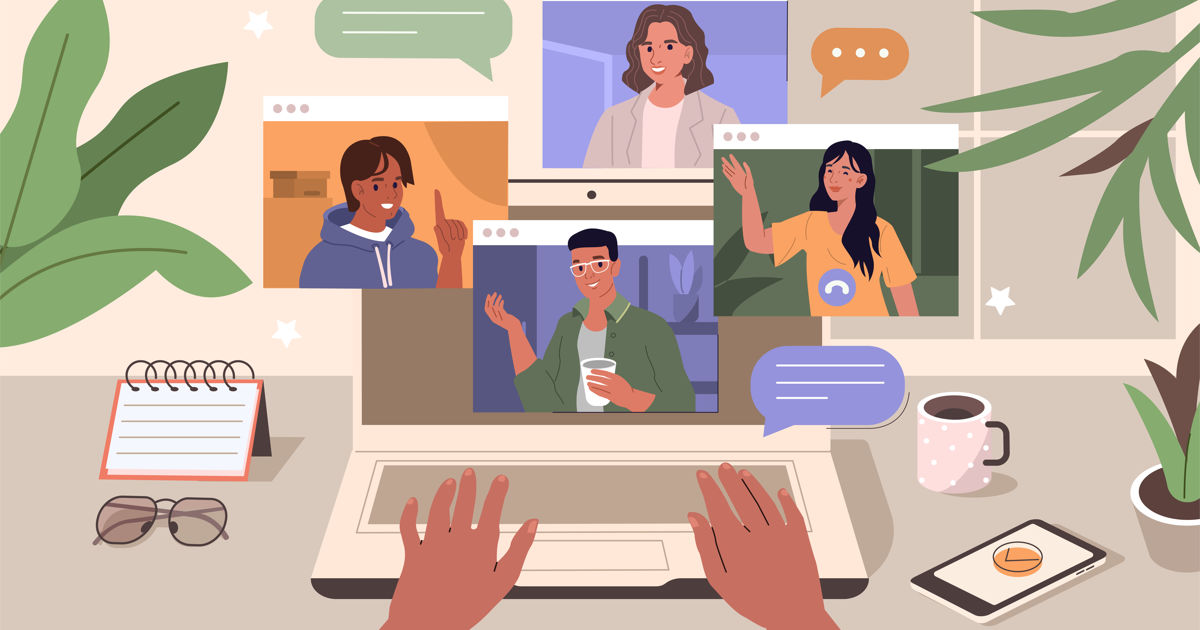Keeping up with the big guys
From creative youth culture agency, Young Hero, this primer lays out how smaller agencies can and will step up to compete with bigger companies and why, in the long run, that’s going to be a very good thing for the ad industry.
The traditional agency model must evolve to survive.
As ad budgets are scrutinized, bigger agencies are tasked with delivering more work than ever before. Keeping large teams of creatives employed while working within the constraints of tight budgets is proving unsustainable. While larger agencies are strained, smaller and more nimble teams of creatives are stepping up to the plate and delivering high-end content quicker and at a more impressive level of quality than bigger competitors. Though small agencies might lack the prestige of behemoth brand AORs, they make up for it in their ability to move, iterate and produce fresh creative content much faster.
2021 will be the year of the small agency, and we’ll soon start seeing how well smaller teams compete with their larger competitors.
Credits
powered by
- Agency Young Hero
- Production Company Landia/Argentina
- Director Ariel Danziger
-
-
Unlock full credits and more with a Source + shots membership.
Credits
powered by
- Agency Young Hero
- Production Company Landia/Argentina
- Director Ariel Danziger
- Co-Founder/Partner Zoe Bunyard
- Co-Founder/Executive Creative Director Nick Panayotopoulos
- Co-Founder/President Roberto Max Salas
- Art Director Ed Lim
- Executive Producer Juan Taylor
- Executive Producer Thomas Amoedo
- Production Co. Vendetta Entertainment
- Post Company Uppercut Edit
- Assistant Editor Nick Ljubicich
- Executive Producer Julia Williams
- Flame Artist John Geehreng
- Audio Post Wave Studios/USA
- Sound Designer/Audio Mixer Chris Afzal
- Sound Designer/Audio Mixer Aaron Reynolds
- Executive Producer Vicky Ferraro
- Music Company Sixty Four Music
- Managing Director Rebecca Grierson
- Colorist Damien Van Der Cruyssen
- Executive Producer Rochelle Brown
- Producer Megan Rumph
- Executive Producer Arthur Micah Ross II
- DP Jeremy Snell
- Photographer Justin Bettman
- Executive Producer Gaston Magnani
- Production Designer Sean Costello
- Editor Paul La Calandra
- Composer James Wilson / (Composer)
- Creative Director/Copywriter Isabella Hiew

Credits
powered by
- Agency Young Hero
- Production Company Landia/Argentina
- Director Ariel Danziger
- Co-Founder/Partner Zoe Bunyard
- Co-Founder/Executive Creative Director Nick Panayotopoulos
- Co-Founder/President Roberto Max Salas
- Art Director Ed Lim
- Executive Producer Juan Taylor
- Executive Producer Thomas Amoedo
- Production Co. Vendetta Entertainment
- Post Company Uppercut Edit
- Assistant Editor Nick Ljubicich
- Executive Producer Julia Williams
- Flame Artist John Geehreng
- Audio Post Wave Studios/USA
- Sound Designer/Audio Mixer Chris Afzal
- Sound Designer/Audio Mixer Aaron Reynolds
- Executive Producer Vicky Ferraro
- Music Company Sixty Four Music
- Managing Director Rebecca Grierson
- Colorist Damien Van Der Cruyssen
- Executive Producer Rochelle Brown
- Producer Megan Rumph
- Executive Producer Arthur Micah Ross II
- DP Jeremy Snell
- Photographer Justin Bettman
- Executive Producer Gaston Magnani
- Production Designer Sean Costello
- Editor Paul La Calandra
- Composer James Wilson / (Composer)
- Creative Director/Copywriter Isabella Hiew
Navigating uncharted territory
The ongoing global pandemic has shaken up industries across the board, and advertising is not immune to these volatile times. As brands continue to navigate the uncharted territory of operating during a pandemic, many are taking a step back and evaluating the best allocation for ad budget to maximize their return on investment. With budgets in question and safeguarding economic futures top of mind, brands have increasing opportunities to deliver ad content across different platforms and reach more audiences than ever before. This heightened demand for high-end content combined with stricter budgetary oversight can present several challenges for larger agencies.
Large agencies boast impressive talent, portfolios of work, awards, and recognition, solidifying their appeal to brands who want to put all their eggs in one advertising partner basket. Traditionally, these agencies tap into massive pools of resources to deliver a range of services for clients, made possible by keeping extensive teams of skilled professionals on payroll.
When internal teams get caught up in the success or failure of past campaigns, a small agency partner provides an objective, third-party point of view to present innovative new ideas and help produce the best creative possible.
While size is a benefit, it can also create bottlenecks and wasted time. Massive stratified teams slow campaign development, hinder communication among different departments, and stifle internal review processes, resulting in longer campaign delivery times for brands. Too many voices involved in the creative process can lead to sticky internal politics that negatively impact direction, innovation, and results. Additionally, higher payroll demands result in more expensive retainers, which has prompted some brands to explore transitioning to an in-house agency model to optimize ad budgets.
WeTransfer – Welcome to WeTransfer. Please Leave
Arm & Hammer – Once Upon A Time
Hershey's – Fish Tank
Above: Work from small agencies including Noble People, Via, and Erich & Kallman
Expanding efficiencies throughout the process
Even as brands ask for world-class campaigns, small agencies can be better strategic advertising partners in the current business climate. While you might not recognize their name and they might not boast decades of awards and prestige, a small agency might be the best partnership you’ll make in 2021.
Small agencies are so much more than just the scrappy underdog. While large agencies often require lengthier delivery windows and higher retainer fees, small agencies that position a tight-knit and skilled leadership team at the core are able to deliver high-end, high-quality content fast.
At the end of the day, all large agencies started small.
Small teams that succeed operate with an independent agency mindset, where each team member is an experienced self-starter with a versatile skill set of expertise. When successfully executed, the small agency model focuses on expanding efficiencies throughout the creative process, rather than the more stratified collaboration model embraced by larger competitors. Boasting a tight-knit team provides the valued benefit of efficient and effective communication channels, enabling smaller agencies to cater to client demands with nimble agility and make changes on the fly. Brands also benefit from a more intimate, personalized, and flexible approach to client services.
The most successful small agencies are ready to hit go at a moment’s notice, no matter when opportunity or need arises.
A small agency partnership is even a valuable opportunity for brands that have opted to move advertising operations in-house. Whether hired as a consulting partner or to develop new creative, a small agency can be enlisted to provide the type of fresh, unbiased perspective required to help a brand innovate and succeed. When internal teams get caught up in the success or failure of past campaigns, a small agency partner provides an objective, third-party point of view to present innovative new ideas and help produce the best creative possible. Small agencies can also help fill in the gaps when workload demands are too extensive for in-house teams to manage within tight deadlines.
Cafe Rio – Carne Asada is Back. Could this year get any better?
Bestow – Selling Trash
Quicken Loans – Pretty Sure Vs. Certain
Above: Work from small agencies including Funworks, Preacher, and Highdive
The most successful small agencies are ready to hit go at a moment’s notice, no matter when opportunity or need arises. If a prospective client secures a media buy and needs creative content produced on short notice, small agencies need to be ready to immediately onboard their team and work under the pressure of looming deadlines, rather than spending too much time reflecting on briefs.
Small agencies are so much more than just the scrappy underdog.
The ultimate advantages for brands who seek small agency partnerships are more innovative campaigns, executed faster, more affordably, and with greater transparency.
Embracing the freedom to create
By embracing the small agency model, teams are able to seek work that excites and inspires. For larger agencies burdened by massive payroll, securing high-retainer clients is critical to the profitability of the company. With lower overhead costs, small teams can chase projects that inspire, rather than get bogged down by focusing too heavily on the size of the budget. Behemoth AORs seek work to survive, while independent teams have the flexibility to find their niche or area of expertise and approach projects with a deeper passion.
The new agency landscape
It’s not hard to admit that Young Hero wouldn’t be where it is today without the experience our team gained by cutting our teeth at larger agencies. There is value in both models, and with the ever-increasing demand for ad content, there’s room for all to succeed. It’s no longer a zero-sum game for the big guns. There’s more than enough work and opportunity to go around, but it’s time to take the spotlight off of behemoth AORs and offer brands the opportunity to choose from a more diverse variety of advertising partners. The capabilities of smaller shops are especially advantageous to brands in today’s chaotic business climate. At the end of the day, all large agencies started small.
)

